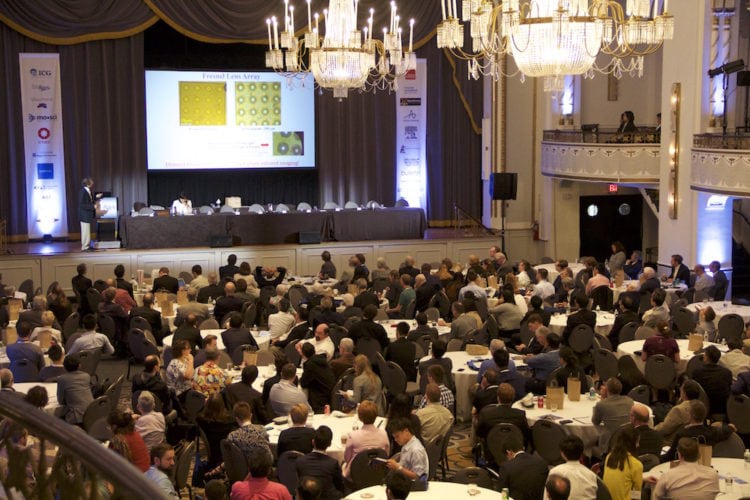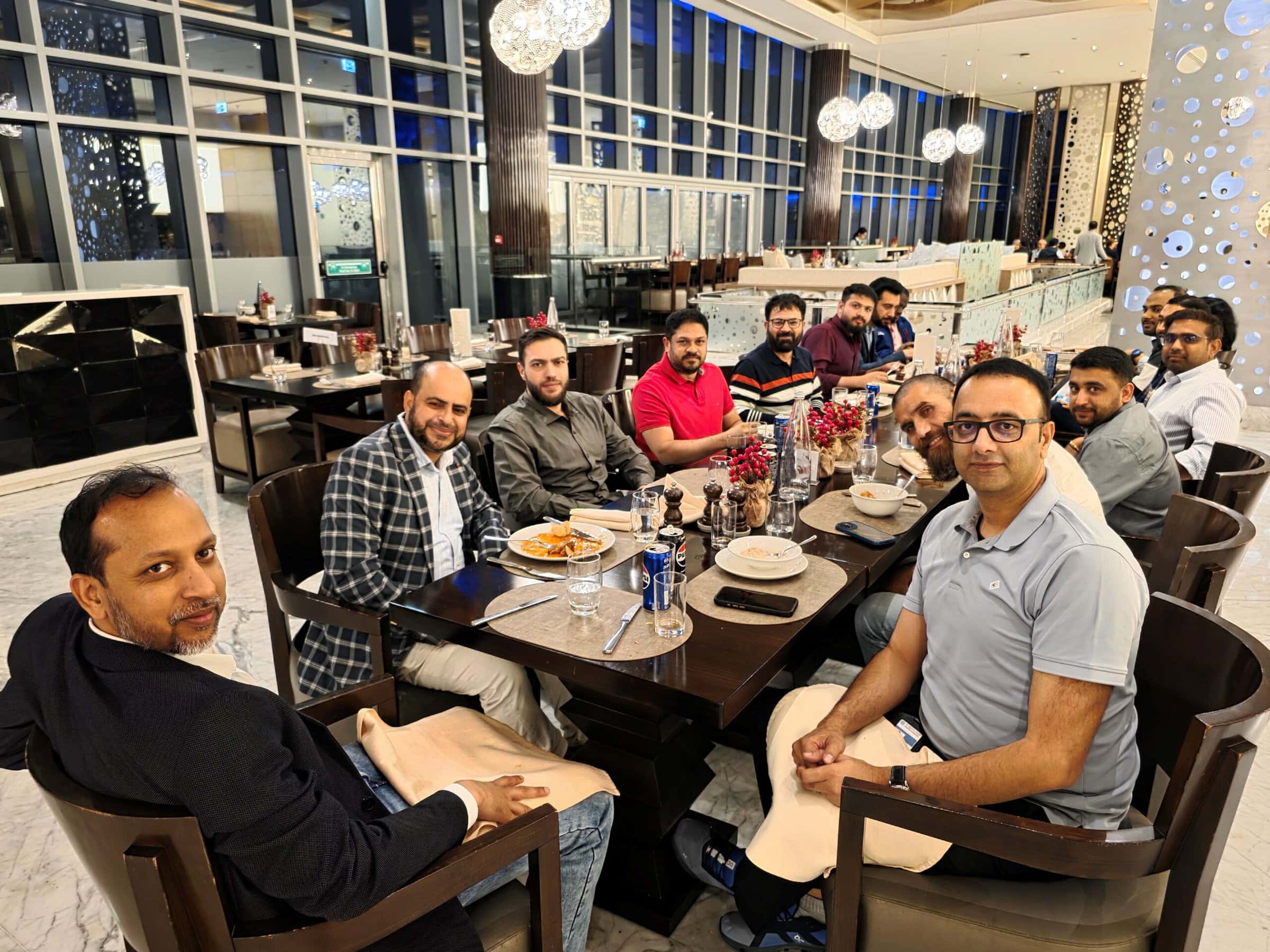
[Image above] More than 900 people from 45 countries attended the International Congress on Glass and the Annual Meeting of The American Ceramic Society Glass and Optical Materials Division in Boston, Mass., June 9–14, 2019. Credit: ACerS
With apologies to Toledo, Ohio, last week Boston became the “Glass City” when it hosted the International Congress on Glass (ICG) and the Annual Meeting of The American Ceramic Society Glass & Optical Materials Division (GOMD).
Richard Brow, Congress president, said in his opening remarks on Monday, “Boston is known as a center of innovation. This week we get to be immersed in our own innovation.”
More than 900 people from 45 countries attended the Congress organized by the International Commission on Glass (also ICG) and GOMD. Students accounted for 200 of the attendees.
The event marked several auspicious milestones including the 25th edition of the Congress, the 100th anniversary of the ACerS Glass and Optical Materials Division, and the Society of Glass Technology’s first awarding of its new Michael Cable Award and lecture.
Program chair John Mauro and his committee worked with the International Commission on Glass’ Technical Committees to present a rich smorgasbord of 43 technical sessions, two poster sessions, a Festschrift, eight award lectures, networking receptions, and working committee meetings.
Mauro says, “This was such a wonderful opportunity to bring together the global glass community to exchange technical ideas and deepen our sense of camaraderie in the world of glass.” ICG president Alicia Durán echoed that sentiment saying, “This Congress is part of our scientific work and, like science, is a collective effort.”
GOMD chair Liping Huang presided over the 100th anniversary segment of the opening ceremony, receiving congratulations and recognition from ICG, SGT and the Deutsche Glastechnische Gesellschaft (German Glass Society, which will celebrate its centenary at the 2022 ICG in Berlin). The celebration included the Morey and Stookey lectures, as well as the first awarding of the new L. David Pye Lifetime Achievement Award to Charles Kurkjian and John Douglas Mackenzie.
Huang had a surprise and a “big reveal” for the audience as the morning came to a close—a new ceremonial glass gavel for the GOMD to replace the delicate, hollow glass gavel. The new gavel is ion-exchange strengthened glass with a black ribbon of glass-ceramic spiraling throughout. Like the original, it was made by an artisan-scientist at Corning.
The organizers also worked to achieve gender parity on the program committee. Durán encouraged the community to continue to bring women into all segments of the industry—“Having women working with you improves efficiency,” she says. “We must continue with this. It is very important.”
As an observer, I would characterize the conference as energetic, with well-attended sessions and networking events, lively conversations in sessions and during coffee breaks, and excellent award lectures. It was exciting to hear so many languages spoken in the hallways and to know the topic was glass!
The GOMD George W. Morey Award winner, Himanshu Jain, set the tone of the conference during his lecture at Monday’s opening, saying, “A researcher’s crucial question is ‘so what?’ That’s a very dangerous question, because if you keep asking it, it can get pretty depressing pretty soon.”
But, he also showed how that question leads to unexpected discoveries. He showed an example from his work of learning how to grow single crystals via a solid–solid transformation in chalcogenide glass that cannot be grown from melt processes.
Answering the question of “so what,” the program covered all aspects of glass research, development, production, and applications. Brow noted, “John and his committee put together a marvelous programs that ranged from basic physics on the quantum scale to challenges with manufacturing thousands of tons of glass per day.”
A Festschrift in honor of Alfred University professor emeritus Arun Varshneya threaded through the program. Former students, current and former colleagues, and family spoke at the four-day Festschrift. Affectionately known as the “Glass Guru,” the broad impact of Varshneya’s work as a teacher, mentor, and entrepreneur revealed itself as his protégés presented their work and talked about the influence of his work on their careers in academia, industry, government, and management.
The next ICG will be in 2022 in Berlin, Germany and in Calcutta, India in 2025.
There was so much activity at this conference. The images below give a flavor of the conference, and we invite you to visit ACerS Flickr site to view all the action!







Author
Eileen De Guire
Spotlight Categories
- Meeting Highlights
Divisions
- Glass & Optical Materials


